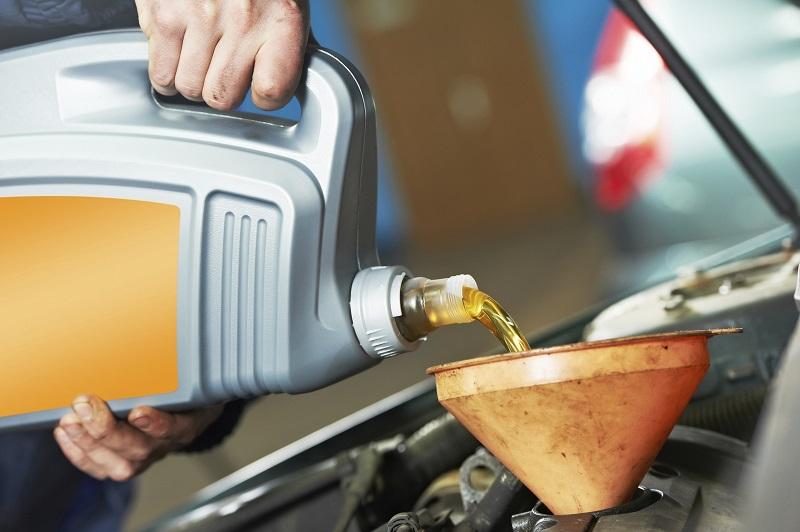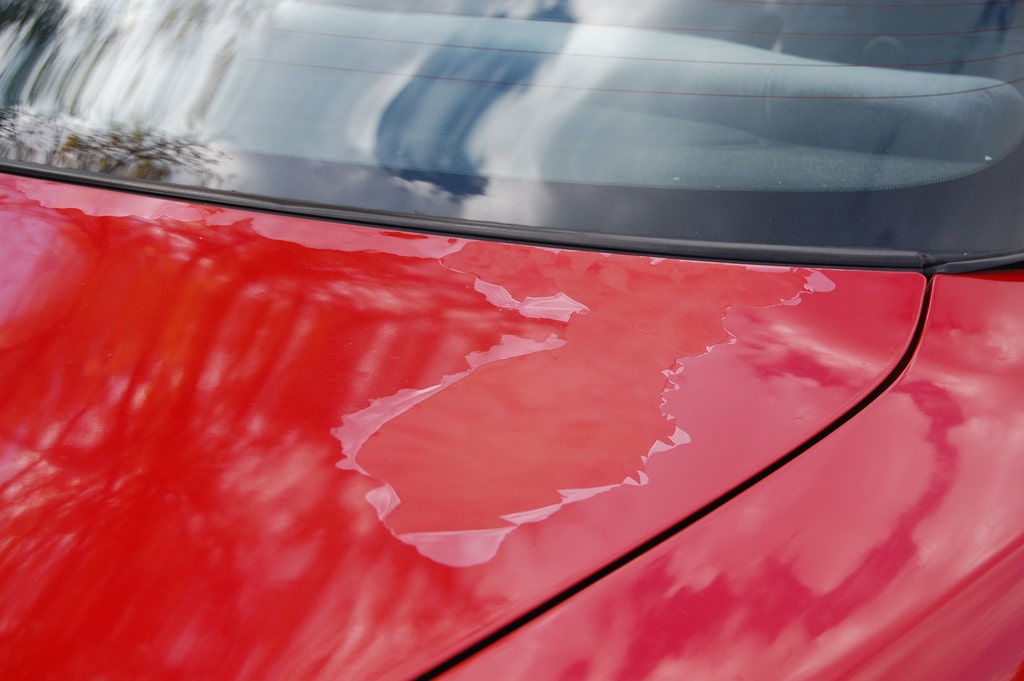Car Care Myths to Avoid
Tips about automotive maintenance are probably the easiest things to get. You get them from your mechanics, your neighbor throws some pieces of advice whenever he sees you working under the hood, and some suggestions just land like a hereditary thing. You know them because they have been prevailing for a long time. But, many of these car care myths are wrong! They may seem logical but make you spending some extra money and wasting time.
Car Care Myths You Should Avoid
Avoid these car care myths if you want to maintain your vehicle the right way.
1# Myth – It’s necessary to change the engine oil every 3,000 miles.
Truth – Absolutely not! Today’s technically advanced vehicles have top-of-the-line engines. Besides, the fuel quality has been dramatically improved these days. Unless you are driving an old classic from the 80s, there is no need to change the oil in every 3,000 miles or even 5,000 miles. Check the owner’s manual to know about the recommended oil change schedule.

2# Myth – Tune up your car every six months.
Truth – Forget it! Today’s cars have a computer-controlled engine that constantly checks all the parts and makes an adjustment if needed. It will show warning lights if any component is out of tune. However, older cars need regular tuning up and replacement of parts.
3# Myth – Replacing a dirty air filter boosts efficiency
Truth – Modern cars are fuel injected, unlike the carbureted engines found in the 80’s vehicles. These computer-operated gasoline engines won’t get a performance boost just by changing a clogged filter. The acceleration can improve a bit, but nothing more will happen.
SEE MORE:
4# Myth – You need to flush the fluids frequently.
Truth – Some servicing shops suggests unnecessary fluid flushes just to scam the customers. Many cars these days don’t require flushing the fluids such as coolant for a long time, as long as driving more than 100,000 miles. You can clean the radiator in spring and fall if it’s an older vehicle. The best solution is to check the owner’s manual.
5# Myth – The number on the tire’s sidewalls indicates the ideal tire pressure.
Truth – Not at all! That number refers to the maximum pressure, not the ideal pressure. Look for a sticker on the fuel-filler door or on the driver’s doorjamb. It will show the pressure recommended by the manufacturer. It is one of the car care myths that will actually damage your car. Remember that overly inflated tires affect the balance of the ride, burn more fuel, and cause uneven wear.

6# Myth – Premium fuel is better than regular fuel
Truth – Regular-grade oil works just fine for most of the cars. Replacing it with a higher-grade fuel will just be a waste of money because it won’t enhance the vehicle’s performance. The only thing it can do is to reduce the friction between the engine parts. The best way to treat your car is to use the oil with the octane grade recommended in the owner’s manual.














